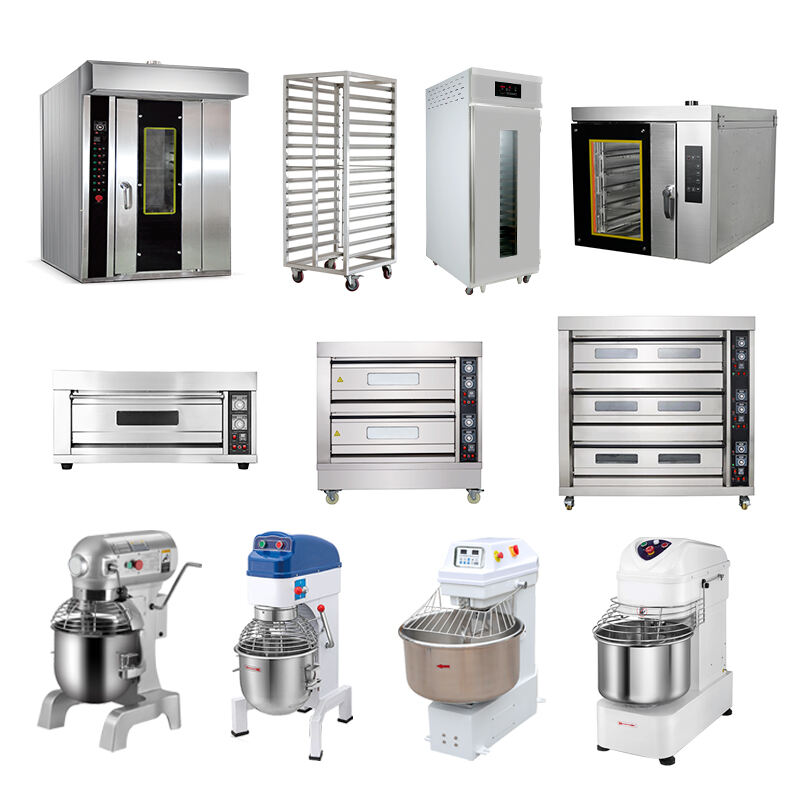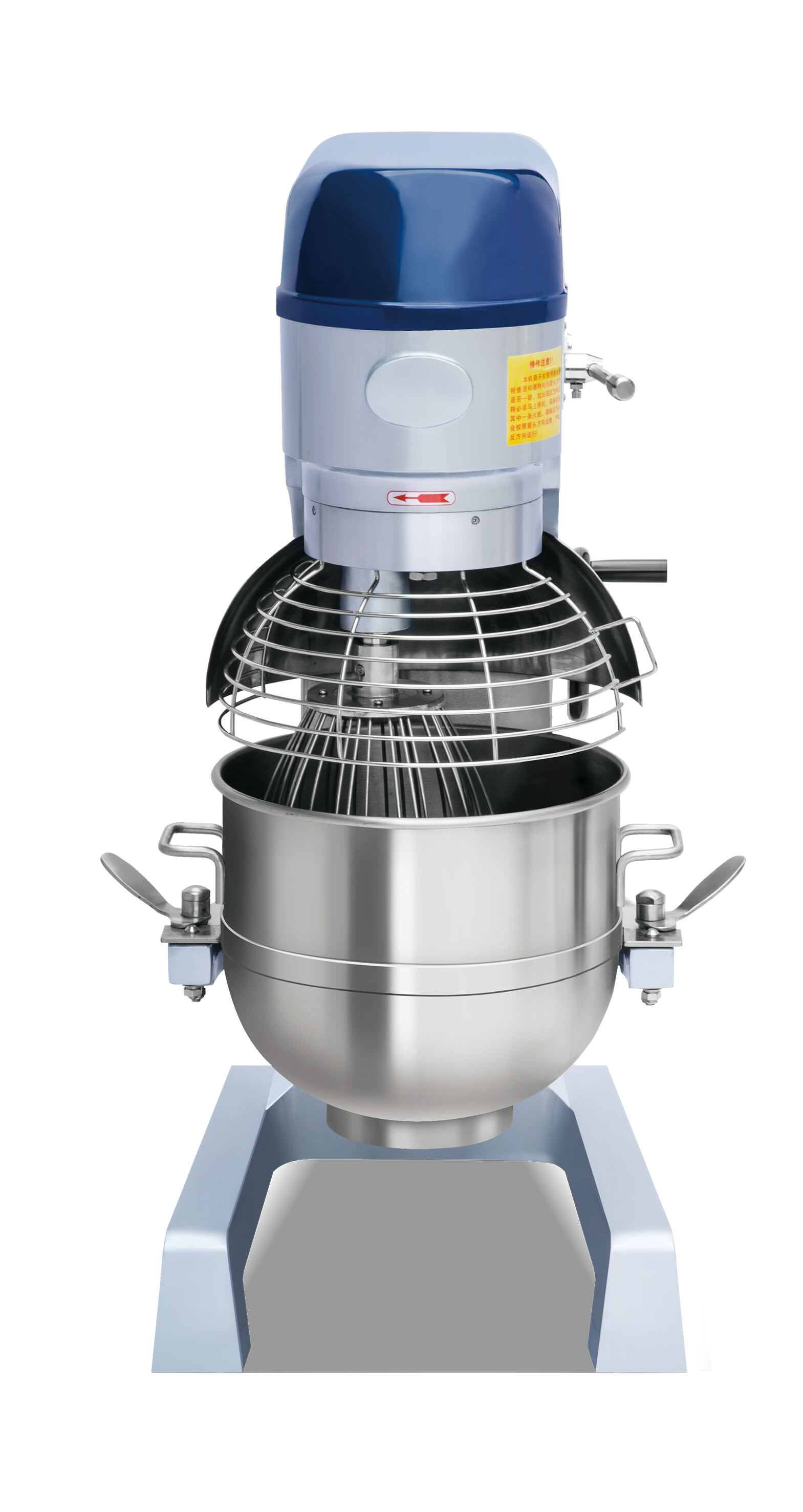Getting Started with Heat Press Technology
Mastering the use of a heating press machine opens up endless possibilities for creating custom designs on various materials. Whether you're starting a small business or pursuing a creative hobby, understanding the proper operation of this versatile equipment is crucial for achieving professional results. A heating press machine combines heat and pressure to transfer designs onto substrates like textiles, ceramics, and other materials.
Modern heating press machines come equipped with advanced features that make the printing process more precise and efficient. From digital temperature controls to adjustable pressure settings, these machines have evolved significantly from their earlier mechanical counterparts. The key to success lies in understanding how to harness these features effectively while maintaining proper safety protocols.
Essential Components and Setup
Understanding Your Machine's Parts
Every heating press machine consists of several critical components that work together seamlessly. The upper platen houses the heating element and temperature controls, while the lower platen provides a stable base for your materials. The pressure adjustment mechanism, typically located at the top, allows you to fine-tune the force applied during pressing. Digital displays show real-time temperature and timing information, ensuring precise control over your pressing parameters.
Additional components include the pressure handle, silicone pad, and various safety features designed to protect operators. Some models also come with interchangeable lower platens for different applications, expanding their versatility. Understanding each component's role helps ensure proper maintenance and optimal performance.
Proper Installation and Workspace Setup
Setting up your heating press machine in an appropriate workspace is vital for both safety and efficiency. Choose a sturdy, heat-resistant table or stand that can support the machine's weight and withstand operational temperatures. Ensure adequate ventilation to dissipate heat and any fumes that may occur during pressing. The workspace should have sufficient lighting and enough room to maneuver materials easily.
Electrical requirements deserve special attention. Most heating press machines require a dedicated circuit to operate safely and effectively. Verify your power supply matches the machine's specifications and consider installing a surge protector to safeguard the electronic components. Keep the area around the machine clear of flammable materials and maintain good organization of your supplies.

Temperature and Pressure Settings
Material-Specific Temperature Guidelines
Different materials require specific temperature ranges for optimal results. Cotton typically needs temperatures between 350-375°F, while polyester works best at slightly lower temperatures around 270-320°F. Delicate materials like silk may require even lower temperatures to prevent damage. Always consult material-specific guidelines and perform test prints before starting large production runs.
Temperature consistency is crucial for quality results. Allow your heating press machine to fully preheat and stabilize before beginning work. Modern machines typically feature temperature fluctuation alerts and built-in temperature compensation systems to maintain steady heat levels throughout extended use.
Pressure Adjustment Techniques
Proper pressure settings are equally important as temperature control. Too little pressure may result in incomplete transfers, while excessive pressure can damage both the material and the transfer design. Most machines feature adjustable pressure knobs with numerical indicators or digital displays. Start with manufacturer-recommended settings and adjust based on your specific application and results.
Testing pressure settings requires experience and attention to detail. A good rule of thumb is to aim for firm resistance when closing the press, without requiring excessive force. Different materials and transfer types may require varying pressure levels, so maintain a log of successful settings for future reference.
Operation and Transfer Techniques
Pre-Press Preparation Steps
Proper preparation significantly impacts the quality of your heat transfers. Begin by ensuring your material is free from wrinkles, moisture, and debris. Pre-pressing the substrate removes unwanted moisture and creates a smooth surface for transfer. Position your transfer material precisely, using alignment tools or guidelines when necessary.
Preparing your heating press machine is equally important. Clean both platens regularly to prevent residue buildup that could affect transfer quality. Check that your temperature and pressure settings are correct for your specific application, and ensure all safety features are functioning properly before beginning work.
Transfer Process and Timing
The actual transfer process requires careful timing and technique. Position your material on the lower platen, ensuring it lies flat and straight. Apply the transfer material according to manufacturer specifications, typically with the design facing down. Close the press smoothly and engage the pressure lock mechanism if your machine has one.
Timing varies by material and transfer type, typically ranging from 10 to 30 seconds. Many heating press machines feature built-in timers with audible alerts. Follow the recommended dwell time precisely, as both under and over-pressing can compromise results. When the cycle completes, open the press smoothly and remove the transfer material according to specific instructions - some require hot peeling while others work better with cold peeling.
Maintenance and Troubleshooting
Regular Maintenance Procedures
Maintaining your heating press machine ensures consistent performance and extends its operational life. Clean the platens daily using appropriate cleaning solutions when cool. Check and tighten any loose components regularly, and lubricate moving parts according to the manufacturer's schedule. Keep the machine's exterior clean and free from dust accumulation that could affect electronic components.
Calibrate temperature and pressure settings periodically to ensure accuracy. Some machines require professional calibration services, while others have built-in calibration features. Monitor wear patterns on the silicone pad and replace it when signs of degradation appear. Regular maintenance prevents unexpected downtime and maintains transfer quality.
Common Issues and Solutions
Even well-maintained heating press machines may occasionally experience issues. Uneven heating often indicates a problem with the heating element or controller. Inconsistent pressure might result from worn pressure springs or misaligned platens. Address these issues promptly to prevent damage to your materials and ensure consistent results.
Keep detailed records of any problems and their solutions. This documentation helps identify patterns and prevent future issues. Many common problems can be resolved through simple adjustments or parts replacement, but don't hesitate to contact professional service technicians for complex issues that might affect safety or performance.
Frequently Asked Questions
How long should I preheat my heating press machine?
Allow your heating press machine to preheat for at least 15-20 minutes before use. This ensures even heat distribution across the platen and stable temperature maintenance during operation. Some materials may require longer preheating times for optimal results.
What safety precautions should I take when operating a heating press machine?
Always wear heat-resistant gloves, avoid loose clothing, and keep flammable materials away from the press. Ensure proper ventilation in your workspace, and never leave the machine unattended while heated. Regular safety checks of electrical connections and emergency shut-off features are essential.
How often should I clean my heating press machine?
Clean your heating press machine's platens after each day of use or whenever you notice residue buildup. Weekly deep cleaning and monthly maintenance checks help ensure optimal performance and extend the machine's lifespan. Always clean the platens when they are cool to prevent injury and ensure thorough cleaning.

